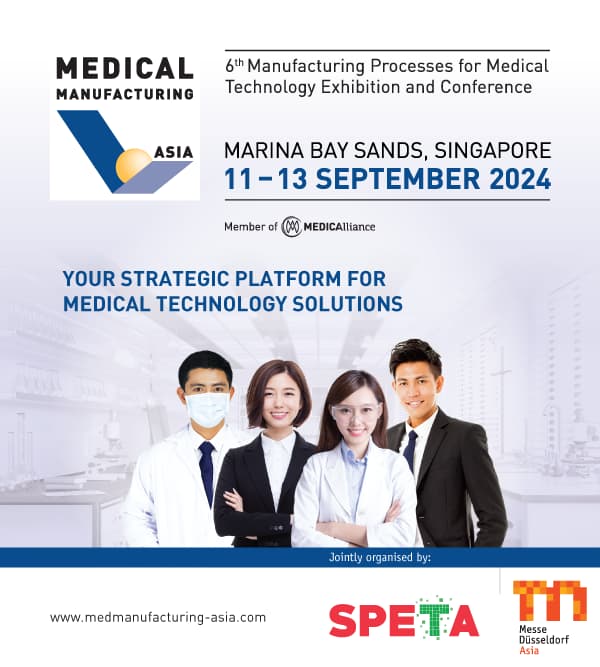
Over the last couple of years, the healthcare sector has experienced monumental shifts due to the pandemic, from significant delays in elective and non-urgent procedures, to impact on the demand for diagnostics, medical devices and the delay of non-critical product launches as well as clinical trials. For the medical device and medical technology or MedTech market, trends in Asia are increasingly pointing to patient-centric benefits, improved treatment outcomes, better accuracy, reduced recovery time and side effects. As most markets in Asia Pacific are still in the development stages, the more advanced medical device industries of the US, Europe, and Australia, already have access to various advanced technologies readily available in their respective markets.
Here are key medical technology trends expected to shape the medical devices sector in Asia in 2022
Healthcare decentralization
Outside of in-patient settings, healthcare will increasingly be offered spurred by improving reimbursement and medical technology innovations that enable efficient procedures (such as robotics and digital platforms), and COVID-19 pressures at in-patient facilities.
Operational and clinical efficiency solutions driven by the labour shortage
Hospitals, medical facilities and health systems are increasingly receptive to solutions that reduce waste processes, improve efficiency, address burnout concerns and alleviate the workload of healthcare personnel.
Enhanced service offerings and focus on digital and data assets and insights
As more and more companies transform themselves into
MedTech and health-tech companies and develop innovative platform strategies, the data influx will allow companies to harness new ways of data monetization and generate new revenue streams and areas of business.
Rise of 3D printing in hospitals as supply-chain disruptions continue
According to Allied Market Research, the global 3D printing market is projected to reach $5,846.74 million by 2030, registering a CAGR of 20.10% to 2030. 3D printing technology caters to the rise in demand for personalised medical care by providing customised medical devices based on individual needs.
Growth of digital health ecosystems
In 2022, further adoption of MedTech tools to enhance effectiveness, efficiency and accessibility of healthcare is expected in Asia. Consumer-centric digital health ecosystems are developing across Asia at unprecedented pace and scale. For example, the medical technology in Singapore is leading the way with its Diagnostic Development Hub – dxdhub - as a national platform for MedTech development. While on the Asian front, more high-profile visibility is being given to emerging companies, healthcare investors, stakeholders, and decision makers.
Augmented Reality (AR)
This development in AR and robotics is one of Asia’s most promising digital health and MedTech trends that can transform healthcare and medicine treatments for both physicians and patients. Hospitals increasingly rely on AR solutions for surgical assistance, patient on-boarding, and also in practitioner education.
Some examples of Augmented Reality being applied in medicine and healthcare practices include:
- Doctor and patient education, particularly when describing patient symptoms better
- Finding the location of defibrillators nearby – which can save lives
- Intravenous assistance and vein detection thus making it easier for nurses to find veins
- AR glasses in heart surgery can help doctors make more accurate decisions to benefit the patient and cut down surgery time and cost
Next-gen robotics in healthcare
In the field of medical technology, robots are transforming how surgeries are performed, and can help streamline supply delivery and disinfection, thus freeing up time for providers to better engage with patients. Surgical robots or robotically-assisted surgical device (RASD) are in high demand as they are designed to assist medical professionals to enhance visuals, reach confined body locations, and for management information systems. (MIS).
MEDICAL MANUFACTURING ASIA 2026 is the leading MedTech manufacturing event for your sourcing requirements of medical technology components, materials and solutions. Reach out to us now.
(sources: Frost & Sullivan – Post pandemic growth opportunity, Allied Market Research – Global 3D printing market, DKSH Group – Emerging Medical Device Trends, McKinsey & Company – The future of healthcare in Asia, dxdhub – Diagnostics for the future)
Photo by Mufid Majnun on Unsplash



